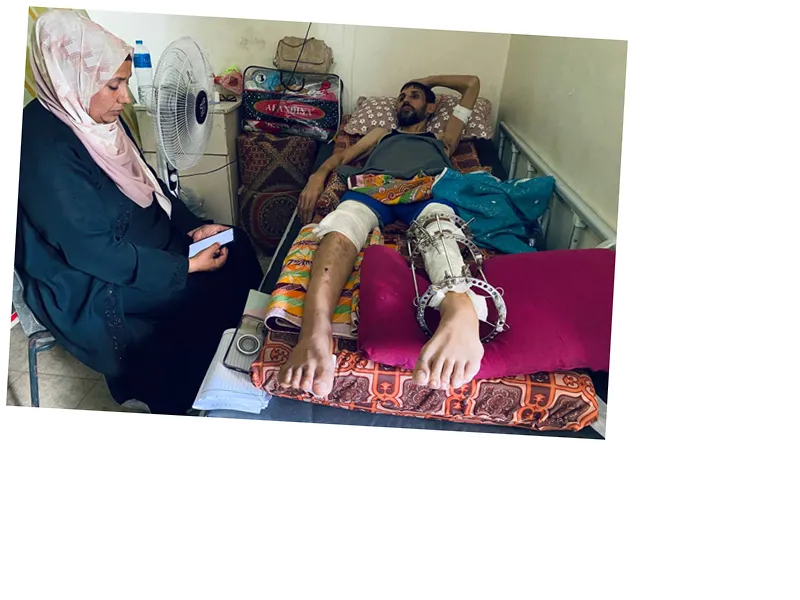Gaza's Ongoing Crisis: A Year After the War
A year has passed since the onset of the Israeli war on the Gaza Strip, resulting in over 42,000 fatalities and nearly 100,000 injuries. The destruction has left the region in a dire state, with two-thirds of buildings either partially or completely destroyed, leading to an estimated 42 million tons of rubble. As the situation continues to deteriorate, the humanitarian crisis deepens, affecting the health and safety of Gaza's 2.3 million residents.
The Environmental and Health Risks of Debris
The United Nations Satellite Center (UNOSAT) conducted a damage assessment last September, revealing that 163,778 buildings were destroyed, which represents about 66% of all structures in the area. The World Health Organization has raised alarms about the health risks posed by accumulated debris, including the inhalation of hazardous materials and the potential for groundwater contamination. Reports indicate that the debris may be contaminated with asbestos, a known carcinogen, raising concerns about long-term health effects such as cancer and respiratory diseases.
The Path to Recovery: Challenges Ahead
Efforts to clear the rubble are projected to take 14 years and cost at least $1.2 billion, according to UN estimates. Compounding the situation, there are fears that up to 10,000 bodies may still be trapped beneath the debris, exacerbating the humanitarian crisis. The ongoing presence of unexploded ordnance and toxic pollutants poses significant risks, particularly in refugee camps. As the international community looks to assist, there is an urgent need for coordinated efforts to address the extensive damage and health hazards in Gaza.





